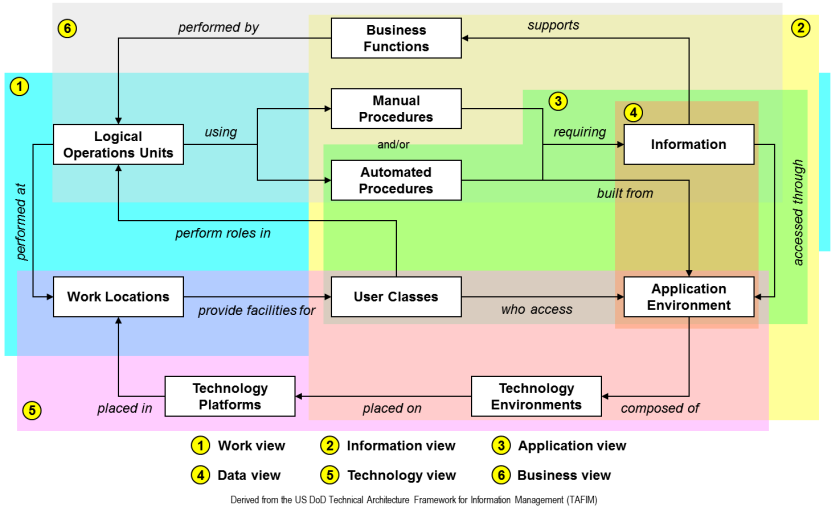- Details
- Last Updated: 28 June 2016 28 June 2016
- Hits: 10890 10890
Information Architecture
An Information Architect uses information as building material. Every time someone says "I could not find (or use) the information I wanted", they are pointing to an information design flaw. It is just the same as No Step Here is an engineering design flaw.
How can you avoid information design flaws?
Firstly, by recognising there are three types of information architecture:
- Enterprise Information Architecture: the information Business needs as part of enterprise-level planning (based on the US National Institute of Standards and Technology model)
- Web Information Architecture: the web site blueprint, which all other aspects are built on: function, metaphor, navigation and interface, interaction and visual design (from HotWired)
- Everything-else Information Architecture: all the other information-based activities that need to be cost-effective – meaning specifying the structure of the components and their relationships, together with the principles and guidelines governing their design and evolution before any money is spent on software / hardware (based on IEEE STD 610.12).
Secondly, by realising that Information Architecture is about what information you need and what needs to happen so you can use it. Figure 1 shows the primary functional views of any enterprise. Apart from the [2] Information View (the information architecture), there is no direct connection between the [6] Business View and the [5] Technology View. The information architecture identifies the precise information the User Classes need, and why, and what other information is needed to support the Business properly.

Figure 1 - Functional Views
Information architects start by asking you questions such as: What are you trying to do? What do you have to deliver? What information do you really need? What will you do with it when it is available?
These questions are fundamental to a wide variety of business activities, such as process and procedure re-engineering, introducing organisational change, developing products, producing reports, developing user documentation, and so on. Those questions point to the most fundamental aspect of all information — understanding and defining who is going to use the information. If that step fails, time and money will be wasted.
Benefit: A Lasotell Information Architect minimises that risk for you.
Lasotell Information Architecture skills and functions
- Project-based information architecture consulting services
- Project managing Information Architecture projects
- Sepcfying organisational, structural, functional and business requirements for information projects
- Preparing, writing and presenting architecture process documentation, such as blueprints, storyboards, flowcharts
- Detailed organisation of large volumes of information
- Working with designers to develop intuitive visual interfaces and user-friendly, interactive structures, such as forms and shopping carts
- Conducting usability testing
- After launching the information solution, working with your Quality and Help Desk personnel to conduct root cause analysis of user-related problems and corrective actions.